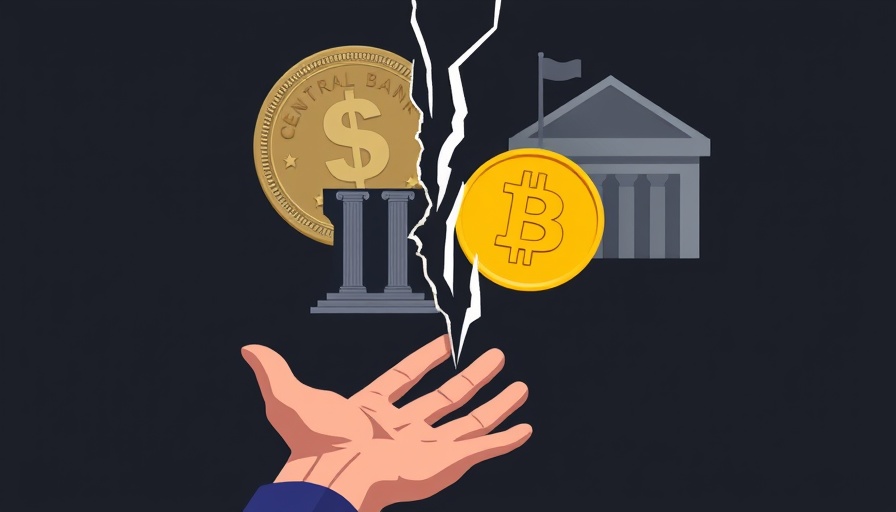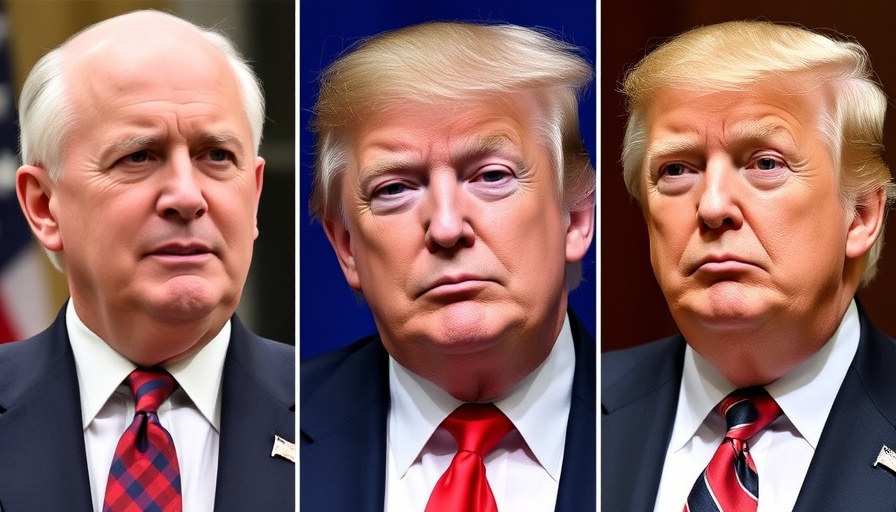
Central Bank’s Concerns Over Stablecoins Rise
Bank of England (BoE) Governor Andrew Bailey has raised alarm bells regarding the increasing adoption of stablecoins, digital currencies pegged to traditional assets like the US dollar or the euro. According to Bailey, the rapid growth of these currencies could pose significant risks to the stability of central banks, potentially undermining their authority and ability to manage monetary policy.
The Growing Influence of Stablecoins
As stablecoins begin to gain traction in financial transactions, Bailey warns that their widespread use could create challenges for monetary regulation. With their attractive features like low volatility and ease of transfer, stablecoins threaten to attract users away from traditional banking systems, meaning central banks might struggle to implement effective economic policies.
Regulatory Landscape and Market Solutions
The need for a regulatory framework is more pressing than ever. Countries around the world are grappling with how to integrate cryptocurrencies into their existing financial systems while mitigating systemic risks. Regulatory clarity can provide an avenue for these digital assets to coexist with traditional finance without compromising economic stability.
Long-Term Implications for Central Banking
Looking forward, the implications of stablecoin adoption could be profound. If not properly regulated, central banks could see their role in financial systems diminished, sparking an urgent need to adapt and evolve their policies. A well-structured approach to integrating stablecoins could lead to innovation in payment systems and increased financial inclusion.
In conclusion, while the technology presents exciting opportunities, it is crucial to balance innovation with stability. As the debate continues among policymakers, investors, and the public, staying informed about these changes will be essential for navigating the future of finance.
 Add Row
Add Row  Add
Add 




Write A Comment